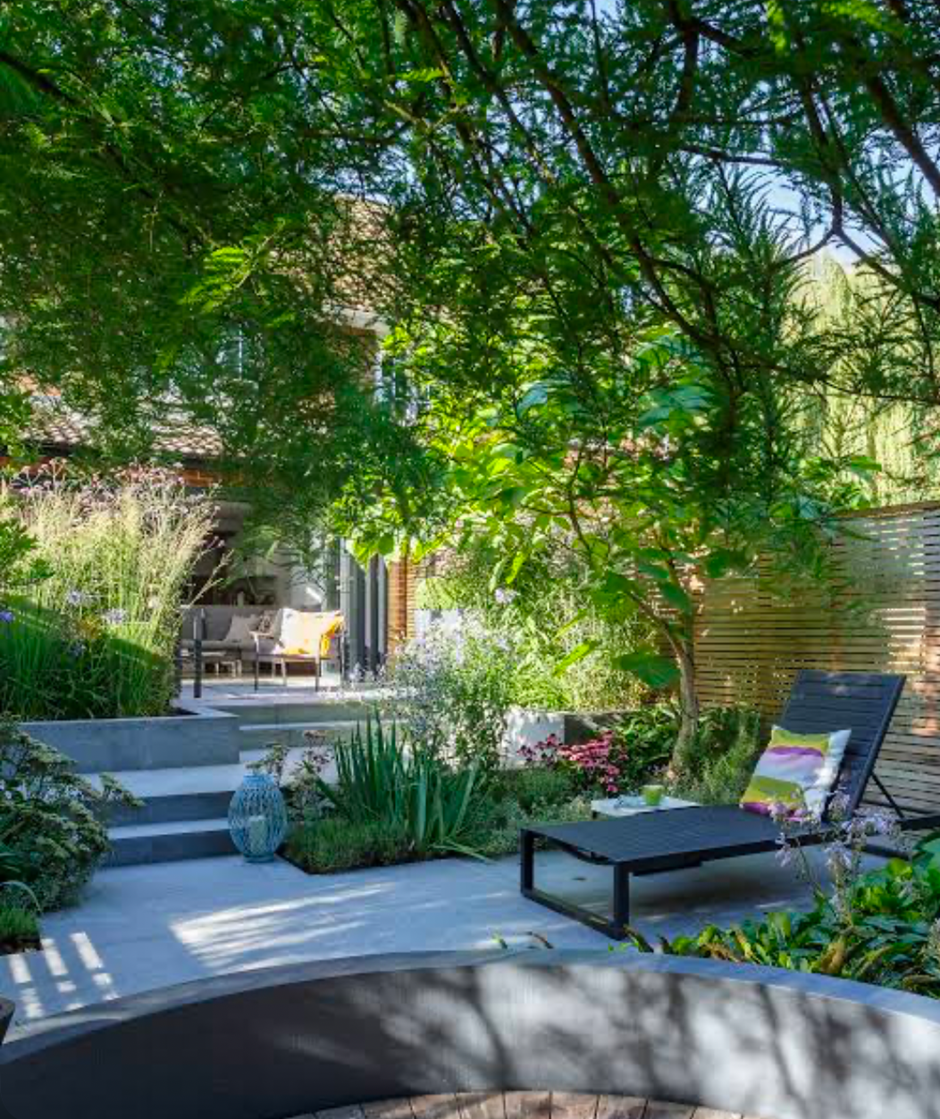Zoning is one of the most underrated garden design strategies for improving your lawn’s look and overall health. When trying out garden layout ideas, look beyond aesthetics and consider how each plant can help others and your ecosystem.
Creating effective garden zones helps with space management, adding purposeful areas, improving plant health, and achieving optimal functionality.
Think of these garden zoning tips as ideas for organizing your home such that each area plays a significant role. Whether you’re a seasoned gardener or novice, this guide is about to improve your gardening experience.
Understanding Garden Zoning: Why It Matters
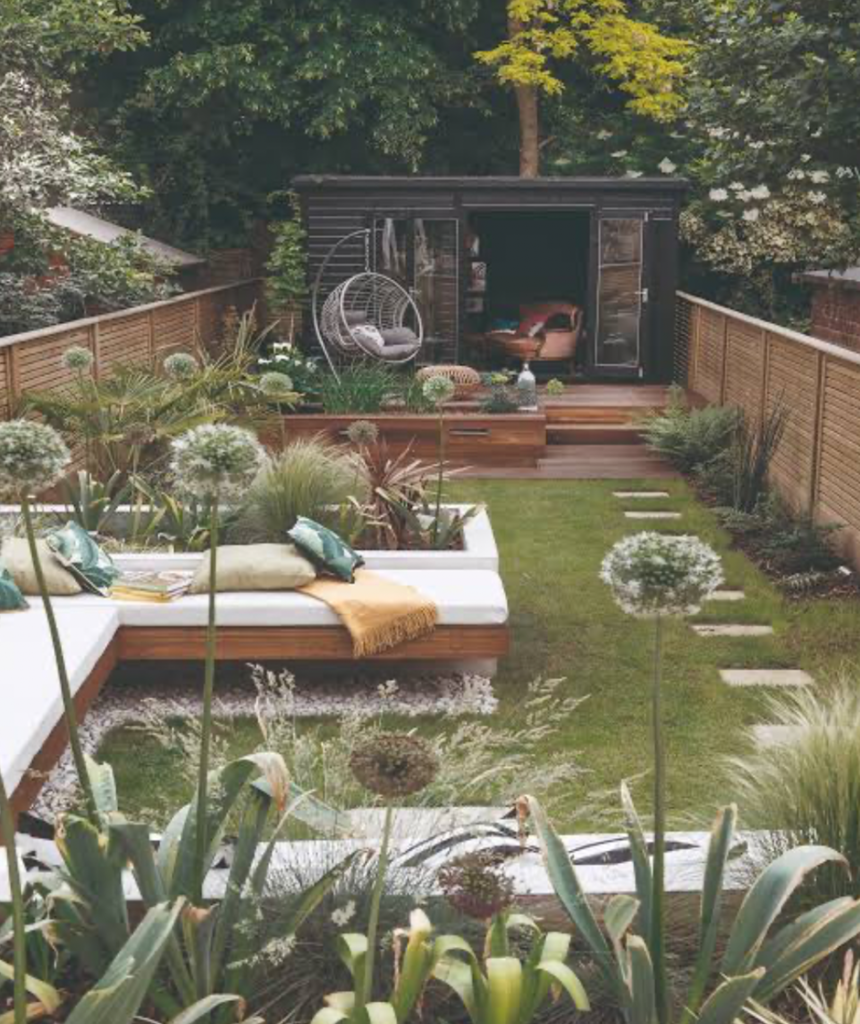
So, what is garden zoning and why should it matter to you? It’s sectioning your garden into parts, just as you imagine and designating each part for unique purposes.
Garden planning basics you can use for determining zones include plant requirements, purpose, environmental factors, and outdoor functions.
Garden Organization Benefits
Whether it’s a vegetable patch, herb garden, floral bed, restful retreat, or all of the above, zoning keeps your outdoor lawn organized. Let’s explore garden zones’ importance & how they benefit you long-term.
- Aesthetics: Visual pleasure is often the primary reason for zoning.
- Functionality: Structure your garden in a way that allows maintenance without tampering with your hard work.
- Plant Health: You can organize your garden to cater to individual plant needs, including sun paths, water drainage, and resource distribution.
Now, let’s discuss how to bring your garden zoning vision to life.
Assessing Your Garden Space: Key Considerations
Start with a General garden space evaluation to know what you’re working with and how to optimize your layout. To achieve this, you’d need basic knowledge of garden zoning factors like sunlight, soil type, drainage, and accessibility.
Sunlight

When assessing a garden environment,start with the sunlight path. Then assign plant positions based on their sun needs, whether it’s low-light, complete shade, or direct lighting.
Soil Type

Next up is the garden site analysis, with a focus on the soil type. Note whether it’s a sandy, loamy, or clay soil to know which vegetation would best flourish when planted there.
Drainage
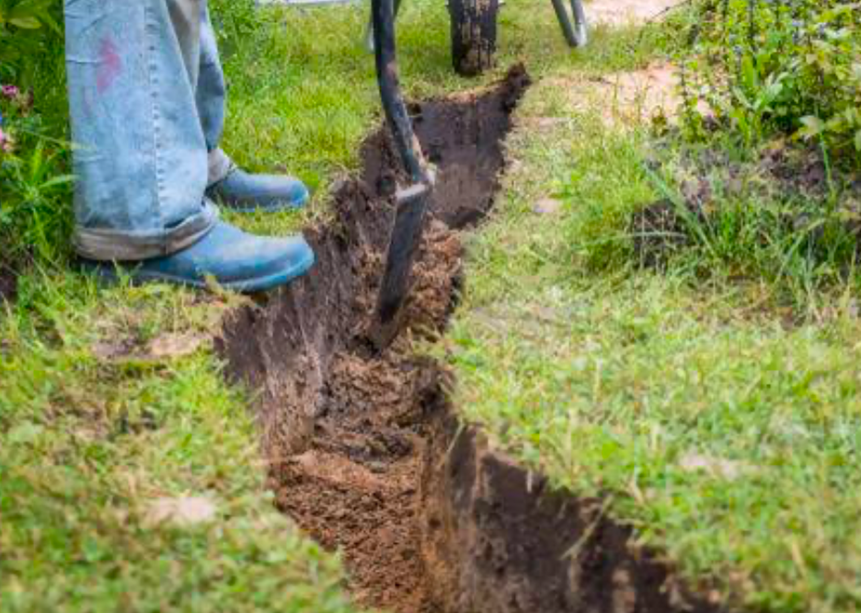
Your garden’s topography will help you provide adequate water to the lawn. Note low areas that can collect natural water and prime irrigation spots if necessary.
Accessibility
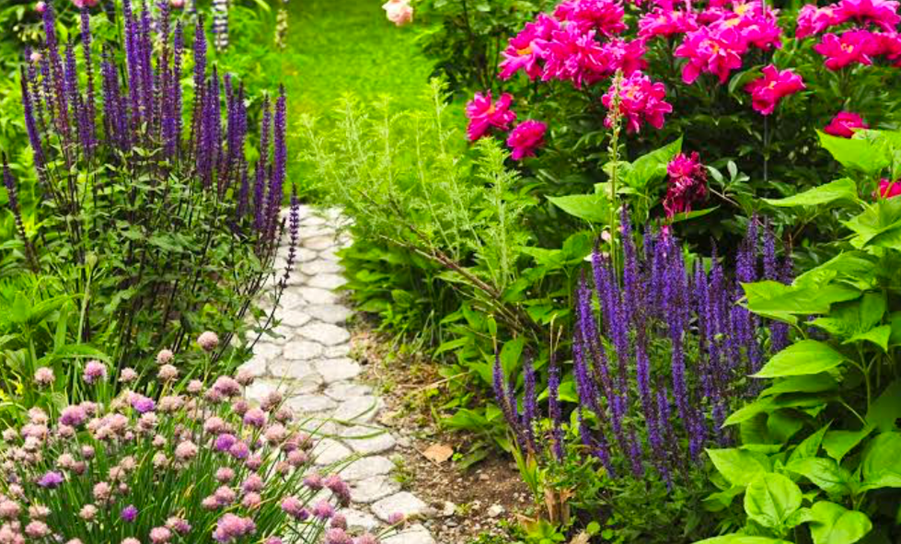
Finally, bind your zones together with accessibility for easy maintenance. The goal is to create a sensory experience where each scent, sound, color, texture, and taste creates a seamless ambiance.
Types of Garden Zones to Incorporate
To properly organize your garden after assessment, you must understand the different garden zone types.
You can start with common zones like vegetable patches, flower beds, herb gardens, and relaxation areas, then add niche zones like wildlife-friendly lawns and themed lawns like cottage and zen gardens.
Let’s take a closer look at these zones.
Vegetable Patches
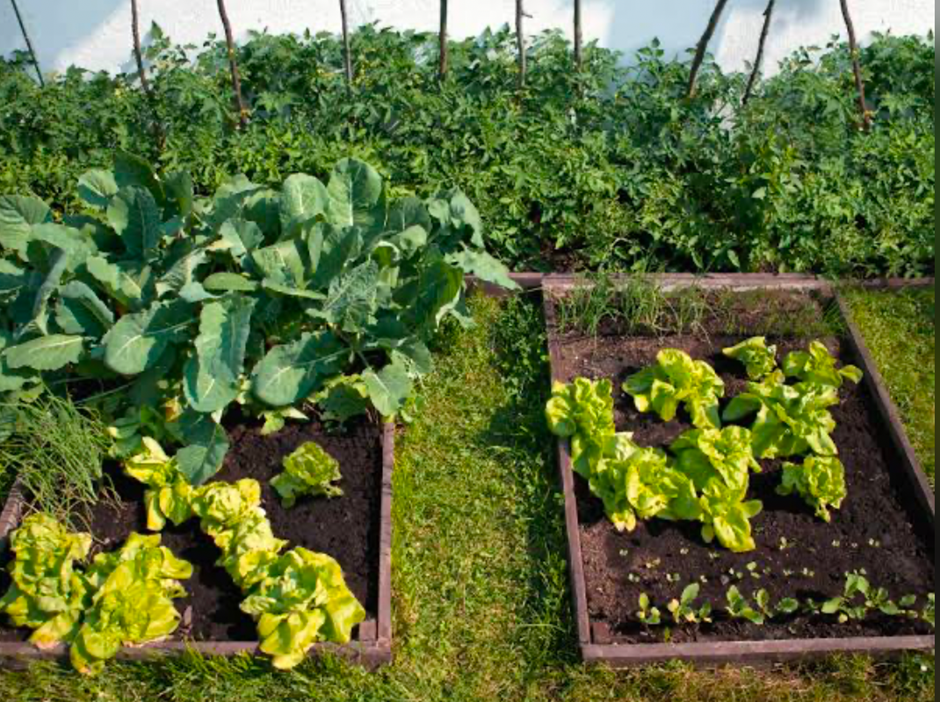
Place vegetable garden zones in sunlit areas in the backyard where you can easily access your kitchen entrance.
Flower Beds
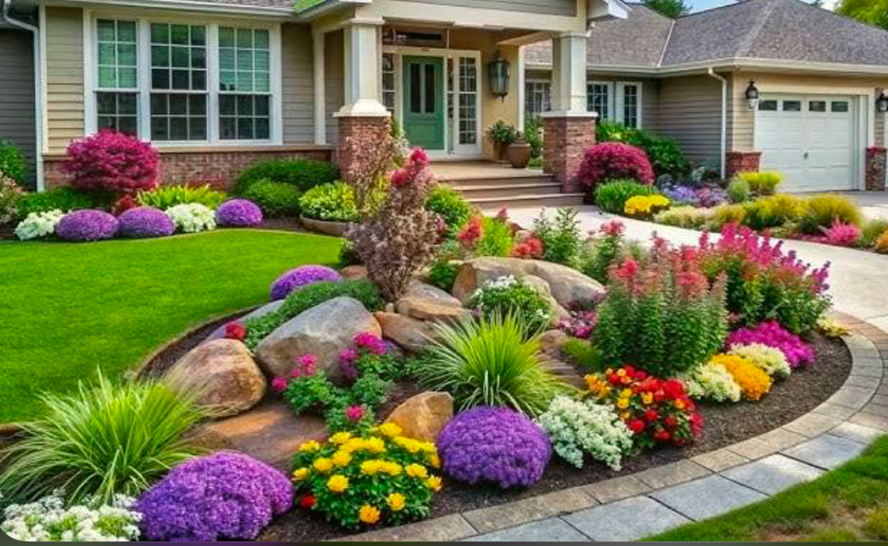
Flower bed zoning is best placed in central spots to draw attention with the blooms every season.
Relaxation Areas

Although most garden relaxation areas fit behind the house for privacy, they can also fit seamlessly at the side and front yards.
Wildlife Zones
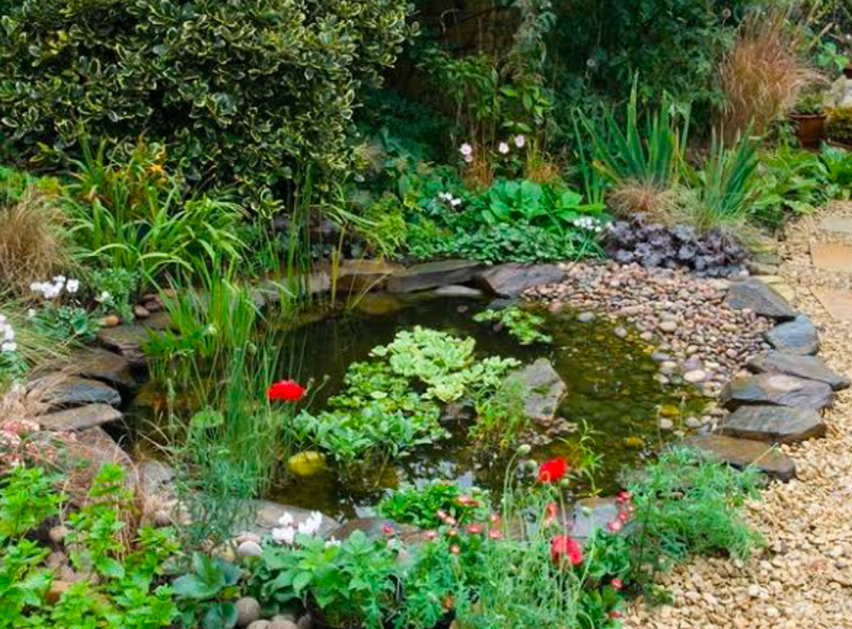
Add bird boxes, ponds, and wildlife-friendly flowers to encourage biodiversity.
Themed Space
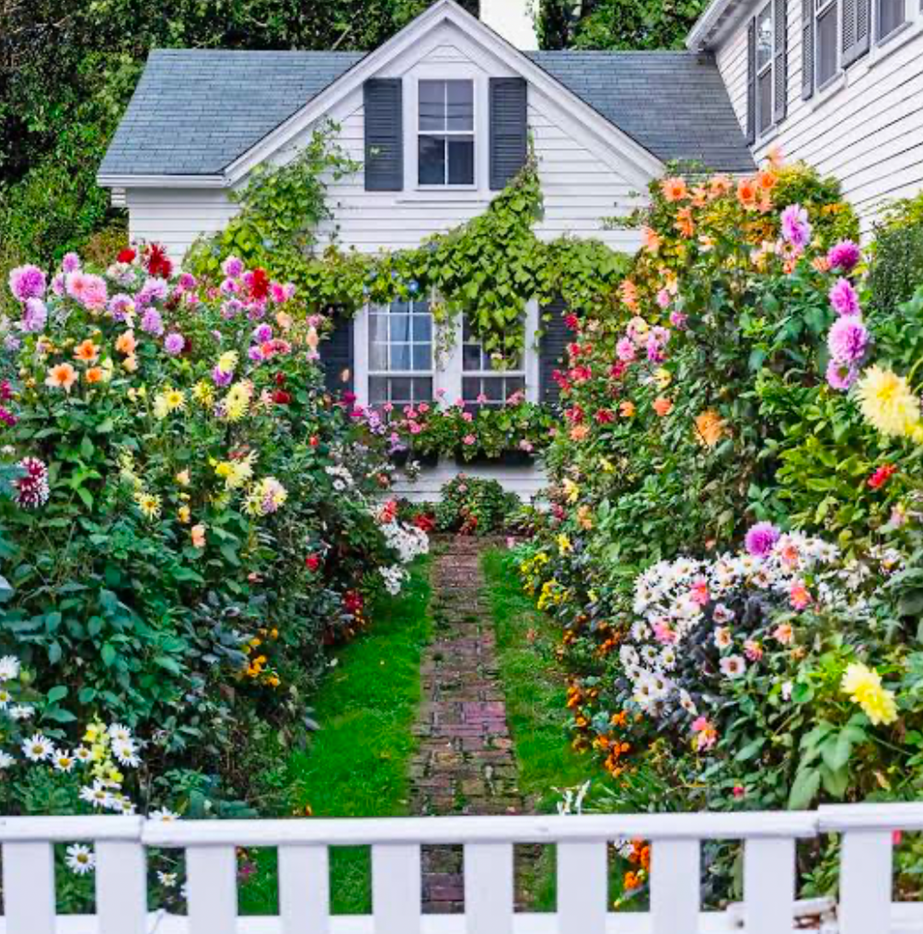
Finally, you can create a themed garden to match your home’s overall aesthetic. For example, you can make a cottage zone to match a farmhouse or a zen garden for a modern minimalist home.
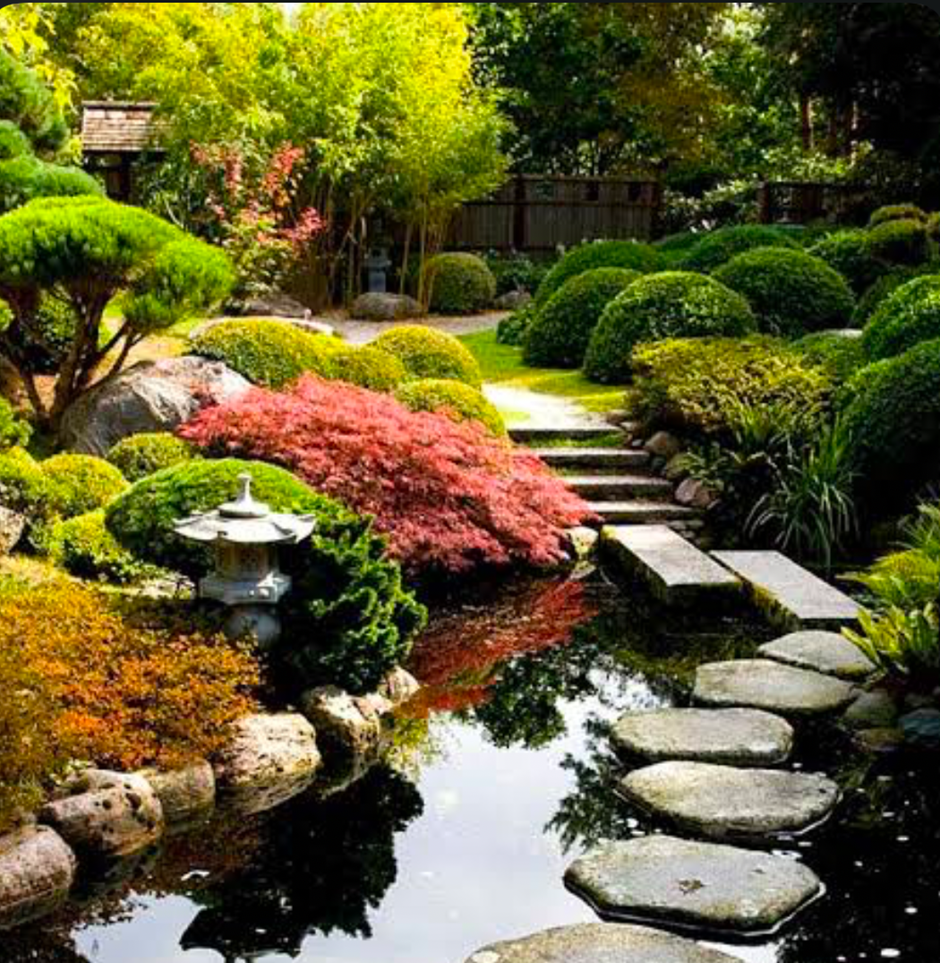
Practical Tips for Designing Functional Zones

It’s time to put pen to paper and create an aesthetically pleasing yet functional garden design.
Firstly, get materials for your garden layout sketch, including:
- A sketch pad
- Drawing pencils
- Coloring pencils
- Ruler
Now, follow these tips carefully for a seamless fusion of multi-purpose garden zones.
Tip One: Sketch Your Layout
Sketch your layout and consider individual plant needs when grouping them. Place similar and symbiotic plants together so they can get nutrients according to their needs.
Tip Two: Create Your Pathway
After positioning the plants in different zones, clear a pathway to connect them and ensure easy access for maintenance. You can also use garden pathways to add texture and dimension to your layout.
Tip Three: Space Management
Optimize your limited space by incorporating a vertical or container garden design and multi-purpose zones. For example, you can create a relaxation area in a herb garden or place your floral beds by wildlife-friendly ponds.
Your ultimate goal in this sketch process is to design a layout where each zone flows into the other for a visual and functional synergy that feels natural.
Selecting Appropriate Plants for Each Zone

Choosing plants for garden zones is a real game-changer because it would make or break your sectioning effort. Just as you did with the pre-design stage, you must consider key factors for your multiple garden plants selection.
Start with the basic garden planting tips like choosing plants based on sunlight exposure, water requirements, soil conditions, and seasonal appeal to ensure vibrant, thriving garden zones.
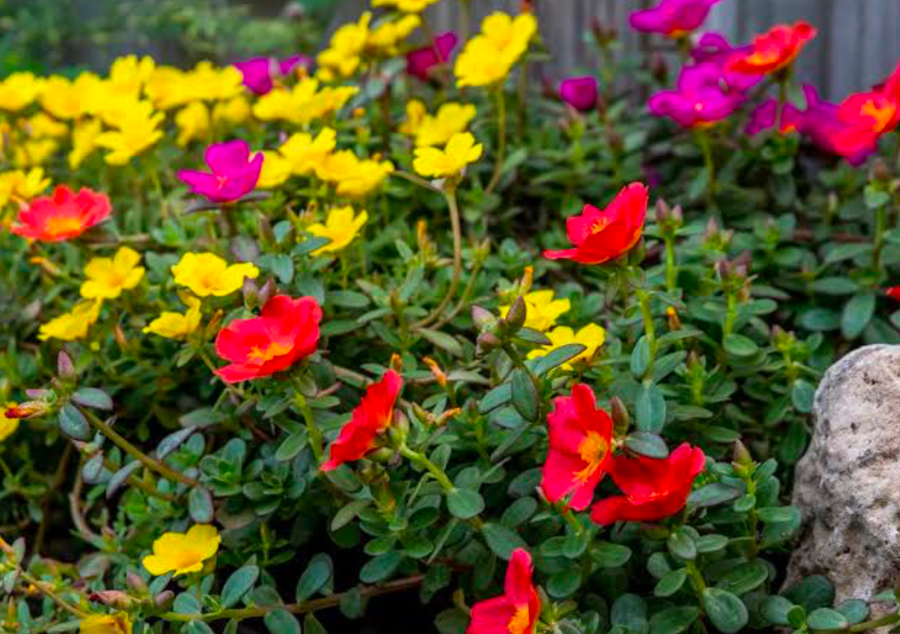
Then, move to pair zone-specific plants using these factors to maximize yield and results. Plant sun-lovers like peppers and tomatoes together in a vegetable zone while shade-loving ferns belong in relaxation zones.

Also, consider seasonal changes and peculiarities when selecting plants. You can plant marigolds in the summer and switch to evergreens during the winter. Seasonal planning ensures your garden stays blooming all year round.
Effective Management of Your Garden Zones
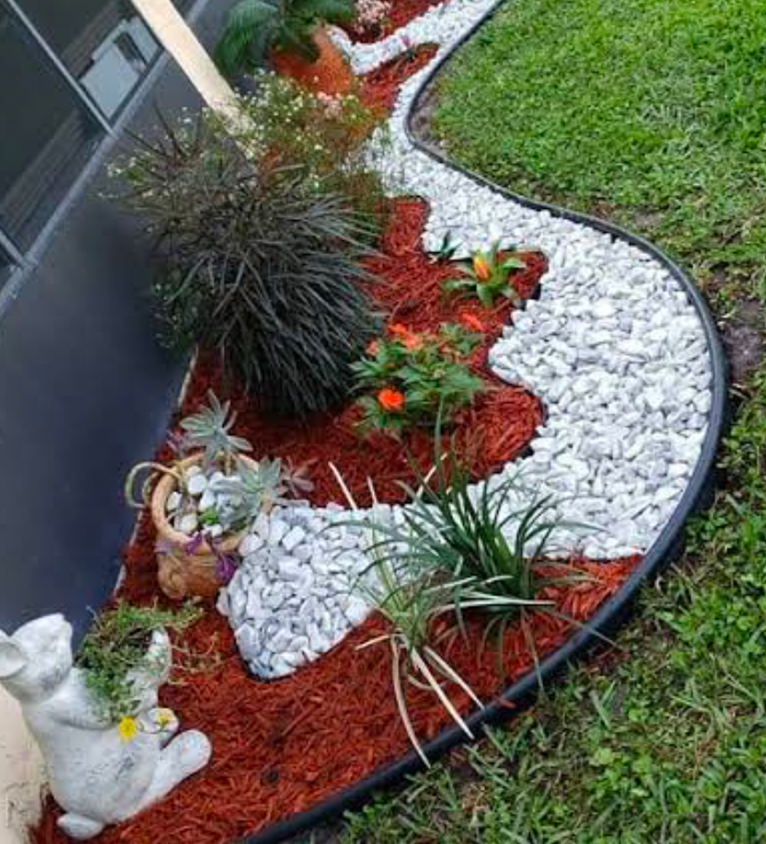
Although the aesthetics and benefits are second to none, managing garden zones can be overwhelming, especially when they’re many.
However, if you prepare practical garden upkeep strategies,you’d simplify the process. Luckily for you, i have tested and trusted garden maintenance tips to guide you as a beginner handling multi-zoned vegetative spaces.
Observation
Check your garden periodically, whether it’s weekly or bi-weekly. For pests and weeds. This proactive approach will save you from the headache of reactions and late repairs.
Nutrient Replenishment
Plug holes and replenish nutrients immediately when you notice a deficiency. Use mulch to reduce weed growth and retain moisture.
A watering schedule tailored to each zone’s needs would also add moisture to your garden in the right quantity. So, note whether the plants in each zone need daily, weekly, or monthly watering.
Periodic Upgrades
Switch up your zone-based gardening based on your observations, weeding, watering schedules, and adaptability to ensure each zone remains healthy and productive.
Adapting Garden Zones to Seasonal Changes

Let’s talk more about seasonal garden planning and how you can ensure year-round bloom. Your plants will evolve as the season changes, which may mess up your layout unless you make seasonal adjustments to your garden.
So, instead of waiting for nature to happen, why not incorporate year-round garden zoning into your layout to take advantage of these changes?
Seasonal Planting Practices
Manage seasonal transitions by planting annuals and perennials in your garden. You can counter winter dormancy with evergreens and perennials, while annuals will thrive in the summer.
Other seasonal plant care that matches natural gardening cycles includes:
- Fertilization in the late spring to early summer.
- Increase watering in drought seasons.
- Mulch grasses in the winter.
Once you prepare for the seasonal changes, your lawn will never lose its vibrancy.
Common Mistakes in Garden Zoning to Avoid
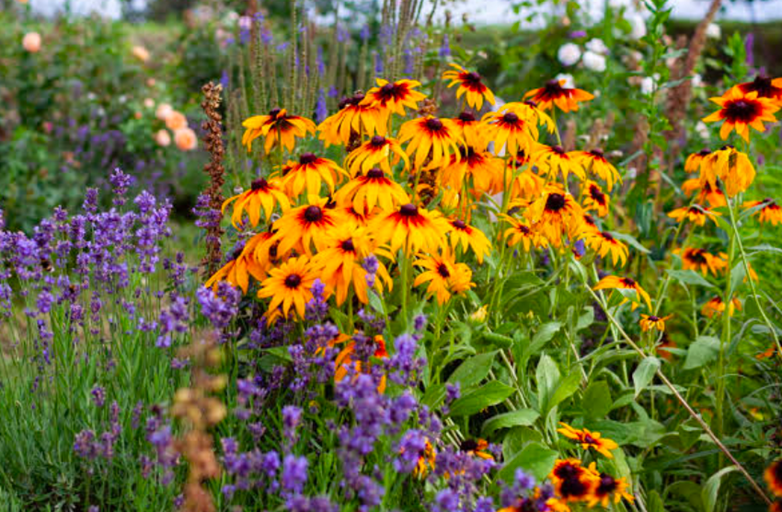
It may shock you to learn that experienced gardeners also make common garden zoning mistakes like beginners.
So, don’t beat yourself up if you get it wrong the first time. However, when you educate yourself, avoiding garden errors becomes second nature.

| Common Zoning Errors | Solutions |
| Overcrowding | Don’t cram too many plants into one zone. It’ll lead to nutrient competition and stunted growth. So, follow the golden one inch apart in rows and columns rule for proper plant spacing. |
| Immature Plant Size | Don’t let small saplings fool you. Always consider a plant’s growth capacity in adulthood because the tiniest seedlings can sprout into lush beasts that extend beyond your garden boundaries. |
| Inadequate Maintenance | Your work continues after planting based on your garden zone planning. If you want to maintain a lush, organized zoned garden incorporate a routine upkeep to effectively manage your layout. |
Now that we’re done with the basics, let’s see how you can improve your zoning aesthetics and optimize its accessibility.
Enhancing Garden Zones with Paths and Decor
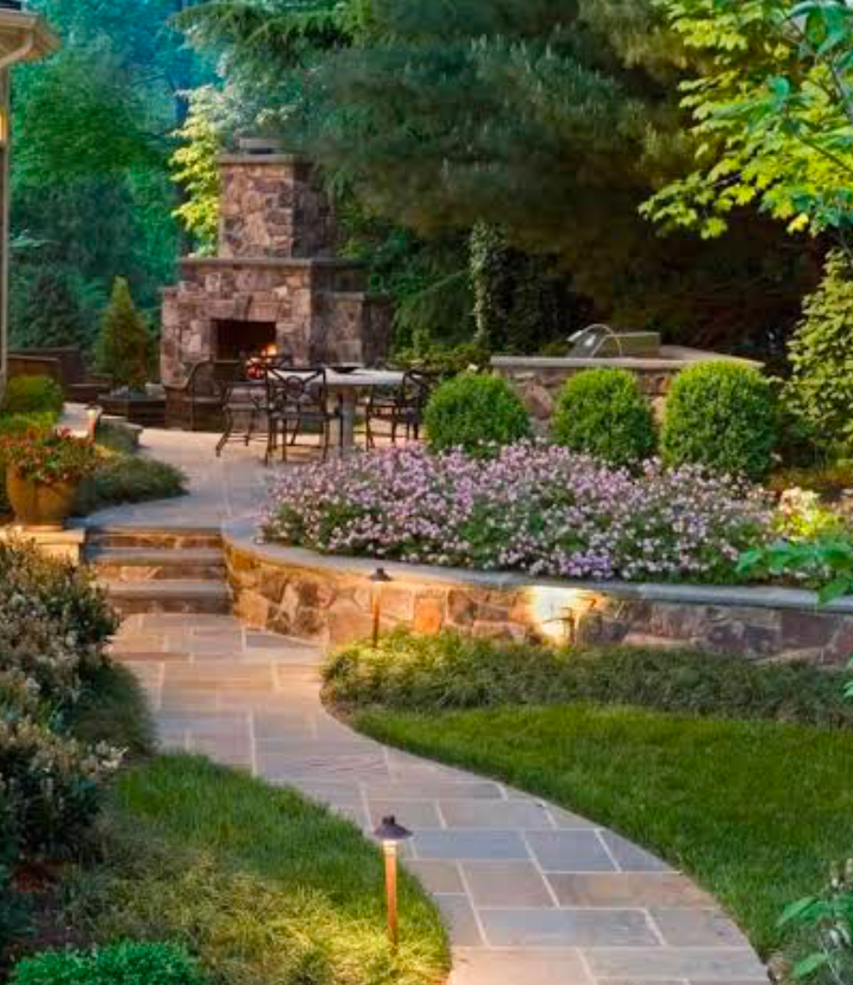
Adding garden personal touches to personalize it is a large part of turning a basic lawn from a random outdoor space to a sanctuary. Add personal flair with decorative pieces and pathways.
Garden Decor Ideas
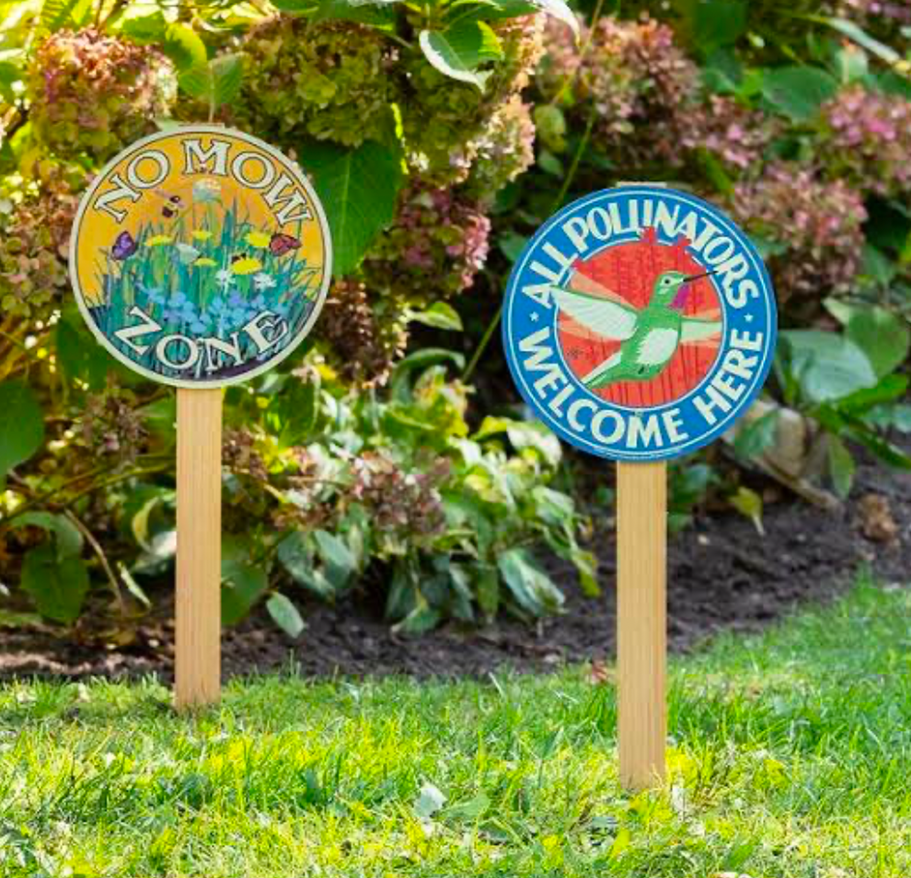
Some garden decor ideas you can explore include sculpted statues, whimsical birdhouses, and colorful signs indicating each zone’s direction.
Garden Pathway Ideas
Use your garden pathway design to add a visually appealing guide through your zones. You could use stepping stones, wooden boards, or gravel paths to welcome traffic into each section.
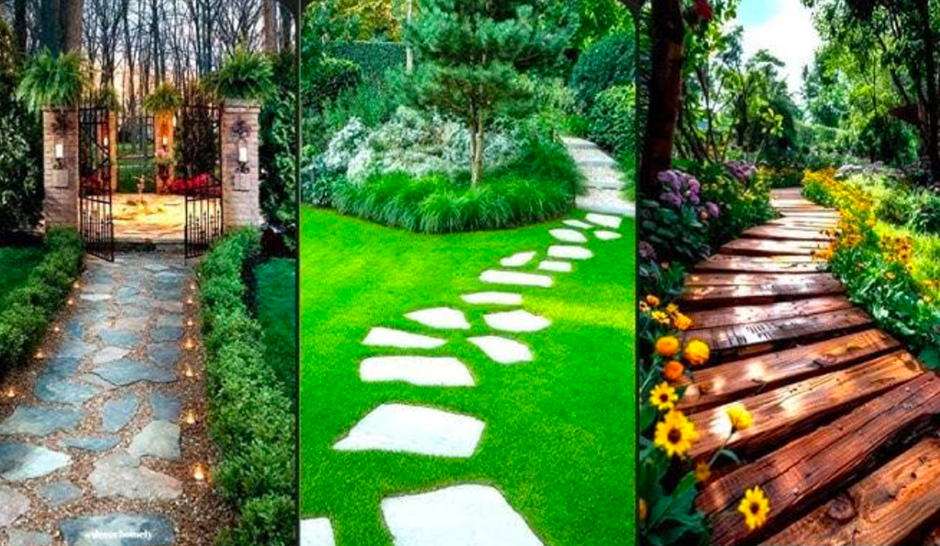
Stick to one theme or explore multiple themes in one pathway
You can mix and match textures to create uniquely themed zoned or use them to complement your overall home theme. Explore eclectic ornaments in cottage gardens and minimalist zen fountains or stoned in modern themed zones.
After enhancing garden aesthetics with pathways and decor, you must prepare to maintain your overall outdoor environment.
Maintaining Your Zoned Garden for Longevity
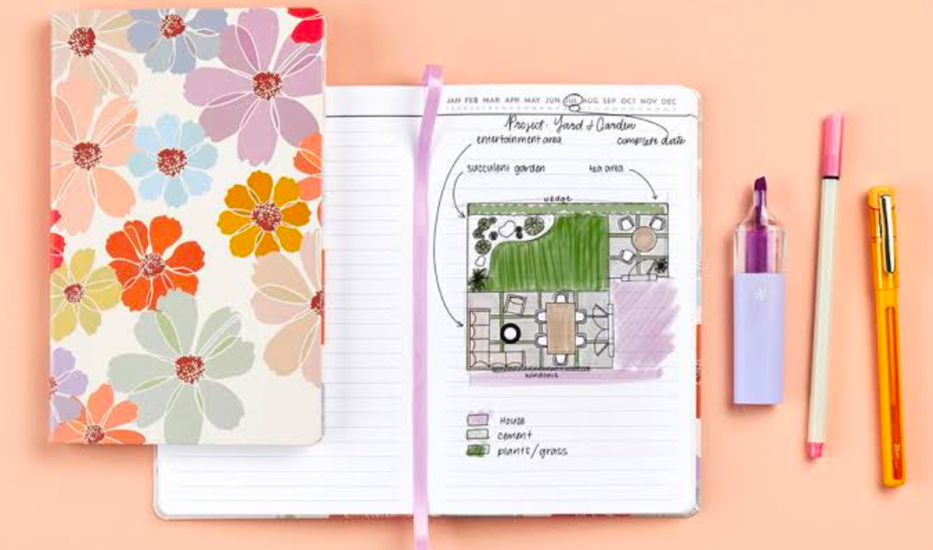
Your garden maintenance schedule can be automated and straightforward instead of being labor-intensive. Here are some garden care tips to help you work smarter and not harder.
Get familiar with zoned garden upkeep tools like gardening calendars and journals as reminders for your scheduled periodic maintenance.
Seasonal Calendar
Track the best planting, pruning, and harvest times with a seasonal calendar.
Journals
Document your observations to understand which practices were most effective and when you should consider upgrading your approach.
Get Gardening Tools
Use gardening tools to simplify your maintenance, particularly high-powered machines on extensive lawns. It makes your work enjoyable and efficient.
Weekly Maintenance
Weekly minor maintenance before seasonal care practices helps with sustainable garden management. It keeps weeds at bay and replenishes nutrients immediately when they reduce.
Conclusion: Transform Your Outdoor Space with Garden Zones
Are you ready for a jaw-dropping garden transformation? Do you like the tips in this guide? Let’s recap some of the effective garden zoning lessons covered above:
- It structures your garden layout for functionality and aesthetics.
- Zoning requires an initial assessment.
- Always sketch your layout on paper before bringing it to life.
- Adapt to seasonal changes.
- Enhance the garden with paths and decor.
- Use a scheduled and optimized maintenance system.
After following these tips, you’ll enjoy all the garden organization benefits that come with zoning. I can’t wait to see your beautiful garden spaces and how you modify the instructions in this guide for a personal outdoor area.

